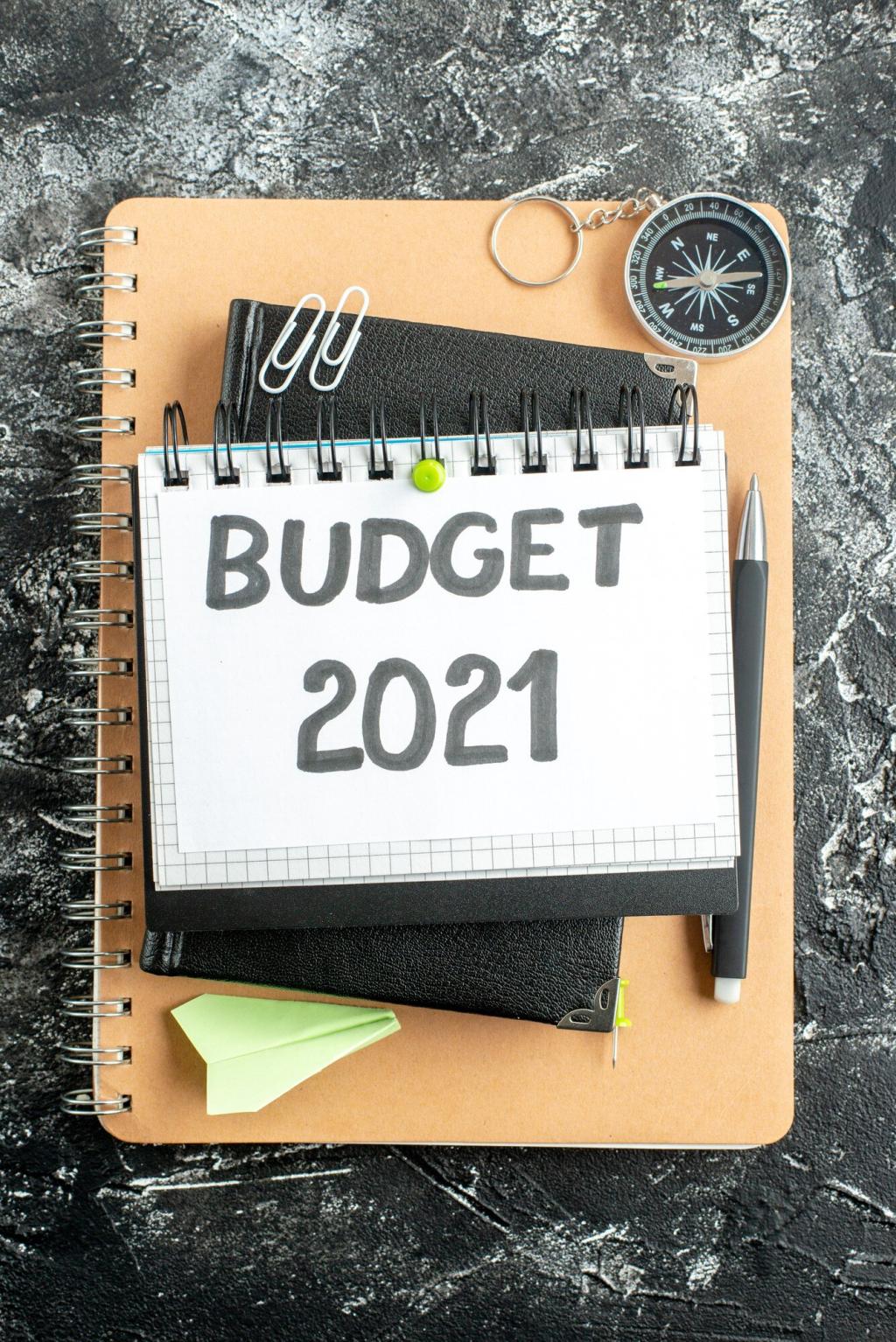Build a Budget You Can Actually Stick To
If your income fluctuates, base your budget on your three-month average or a conservative baseline. Fund essentials first, then savings, then discretionary categories. In fat months, fill sinking funds and prepay upcoming bills to soften lean periods.
Build a Budget You Can Actually Stick To
List recurring seasonal costs—school supplies, travel, utilities—and create a quarterly buffer category. Funding a small monthly cushion prevents panic. Comment with an expense that always sneaks up on you, and we’ll share a custom buffer strategy.
Build a Budget You Can Actually Stick To
Aim for one month of essentials, then three to six as you stabilize. Automate a weekly transfer, even ten dollars. Progress compounds when you track it. Celebrate milestones and share yours here so others can cheer and learn from your approach.






